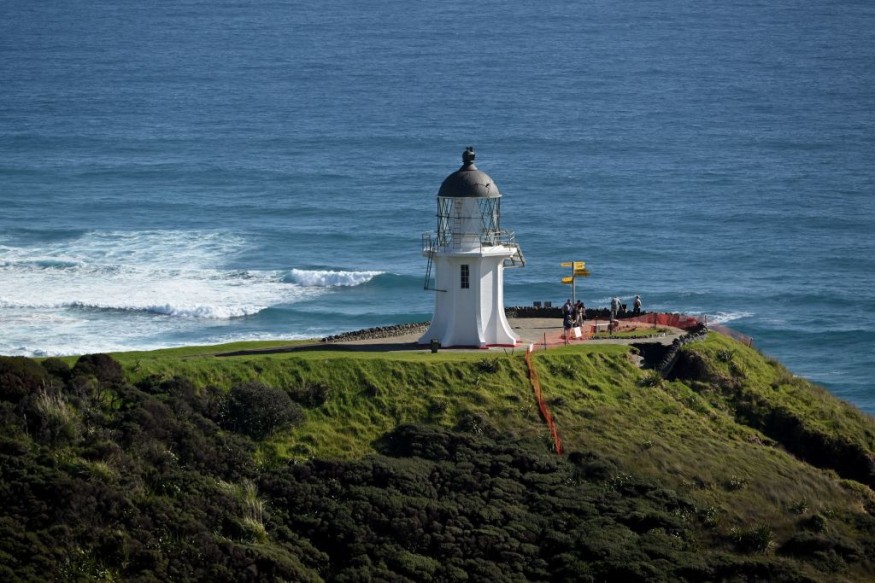The latest report discovered that a possible deadly 15-meter tsunami can hit New Zealand every 580 years based on the research modeling analysis.
New Zealand is no stranger to extreme weather events, tsunami and earthquakes. One of the deadly earthquakes was the 7.8 Kaikōura quake that hit northern Canterbury and Marlborough.
The quake caused damage to properties, transportation systems and roads. Landslides also occurred with heavy tremors. The 7.8 Kaikōura quake also ruptured the 21 fault lines in the region.
Earthquakes can also unleash devastating tsunamis in an instant. As a result, effective forecasting is essential to prepare communities for deadly tsunamis. Around the world, earthquakes trigger 80% of tsunamis.
The research findings were published in the Journal of Geophysical Research: Solid Earth. International researchers studied the potential tsunamis based on the earthquake strength.
Deadly Tsunamis in New Zealand in Every 580 Years

According to reports, tsunamis can cause devastating impacts on coastal areas. Understanding future tsunamis can help people become more prepared and prevent alarming aftermath.
A team of researchers observed tsunami hazards in New Zealand after analyzing 30,000-year catalog and land-surface displacements. The research findings are important for future tsunami risk modeling.
Some tsunami studies observed the geological and probabilistic earthquake models. In the new study, researchers developed a physic-based synthetic earthquake catalog. It provides a new understanding of local tsunami impacts using multi-cycle earthquake simulations.
In the research modeling, researchers looked into 2,585 earthquakes with 7.0 magnitudes. Estimating the frequency and size of tsunamis will be helpful to develop disaster plans.
Furthermore, the researchers analyzed the simulations, adding that subduction zones can become sources of quakes. According to researchers, about five meters of tsunamis can impact New Zealand in every 77 years.
Also, a 15-meter tsunami is unleashed every 580 years. As a result, effective planning and disaster management are crucial.
New Born Kiwi Chicks in Zealand
In the new report, conservationists found hope after new kiwi chicks were born in Wellington in Zealand. Kiwi species have cultural importance in the country. However, the threatened animals have suffered from habitat loss, climate change, diseases and predation.
Vehicle strikes are also a common problem for Kiwis. The animal has slow reproduction, and the survival of chicks in the wild is very low. The newborn will improve the declining population of kiwi in the wild.
A recent report estimated that flightless birds have about 26,000 in population. Dog attacks are also a problem for Kiwi. Dog predation can likely injure and kill them in a fight.
Furthermore, extreme weather and climate change contributed to drought and wildfires.
Related Article : Top 5 Deadliest Animals in the World That Kill Millions Every Year
For more similar stories, don't forget to follow Nature World News.
© 2025 NatureWorldNews.com All rights reserved. Do not reproduce without permission.





